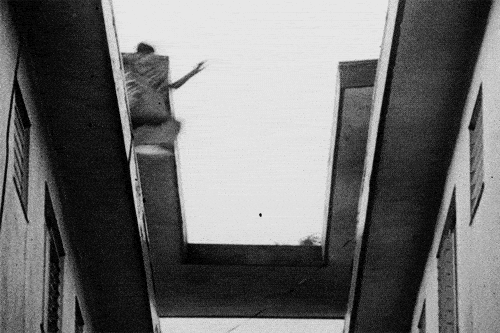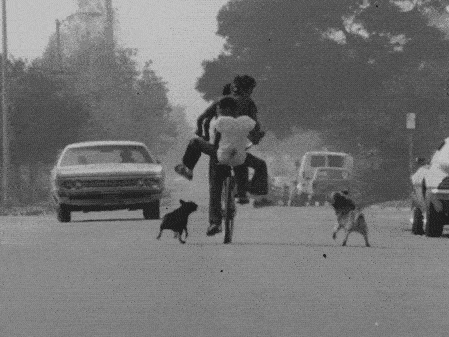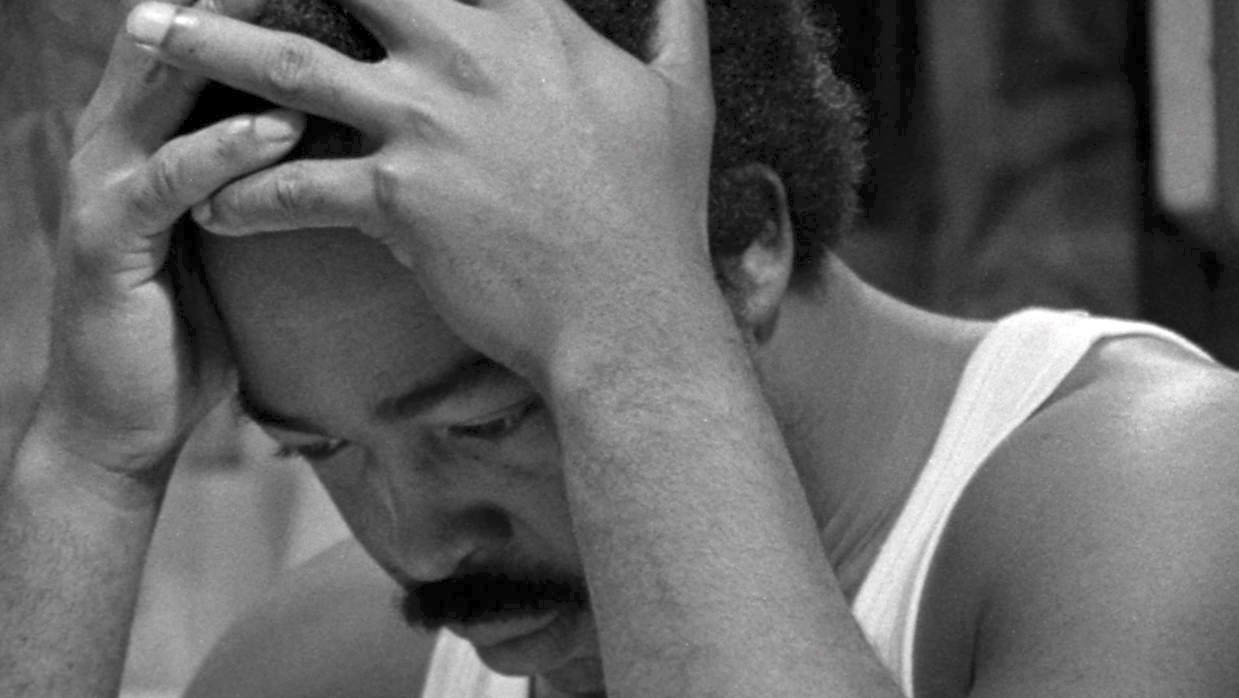l.a. rebellion
est. 1970 – late 1990
A revolutionary film movement from the early 1970s, L.A. Rebellion represents a powerful and transformative chapter in the history of American cinema. It was a cultural and artistic response to the turbulent sociopolitical climate of the time, providing a platform for African American filmmakers to tell their stories, challenging prevailing norms in both Hollywood and independent cinema.
Origins of the L.A. Rebellion
The L.A. Rebellion movement had its roots in the changing social and political landscape of the 1960s, particularly the civil rights movement, the Black Power movement, and the broader struggles for racial and social justice. The African American filmmakers who emerged during this period were heavily influenced by these cultural movements, and aimed to use the cinema as a means of empowerment and self-expression.
The founding of the Ethno-Communications Program at the University of California, Los Angeles (UCLA) in the late 1960s was instrumental in the development of African American cinema. Led by Elyseo J. Taylor, the program provided an essential platform for marginalized students, particularly those from the African diaspora, to learn film production and theory. The program offered both academic mentorship and access to resources, including financial support and access to film equipment, which enabled aspiring filmmakers to create early films. Without the Ethno-Communications Program, many of the voices that defined the L.A. Rebellion might not have found the opportunity.
One of the pivotal figures in the start of the movement was Melvin Van Peebles. His groundbreaking 1971 film “Sweet Sweetback’s Baadasssss Song” became a source of inspiration for a generation of filmmakers, serving as proof that independent, unapologetically Black stories could succeed outside the confines of the Hollywood studio system. The film’s approach to race, politics, and sexuality, coupled with its guerilla-style production and distribution, demonstrated the power of alternative cinema to challenge the mainstream.


Characteristics on the L.A. Rebellion
At the heart of the L.A. Rebellion was an exploration of African and African American cultural identity. Filmmakers were driven to provide a more accurate and multifaceted representation of Black life, countering the stereotypical and often degrading portrayals that dominated mainstream media at the time. The movement sought to reveal the complexities, richness, and diversity of Black experiences in America. This focus on cultural identity was reflected in the choice of subjects, characters, and the use of African and African American aesthetics, music and folklore in their work.
The movement was inherently political, as it emerged during a period of significant civil rights activism and social change. Filmmakers addressed social issues such as racial inequality, institutional, poverty and the historical legacy of slavery. Their films provided critical commentary on these issues while also offering a sense of empowerment and resilience.
Many films within the movement featured intimate, character-driven narratives. This emphasis on personal stories allowed for a greater examination of the human experience and the challenges faced by African Americans. The L.A. Rebellion extended its exploration beyond American borders, connecting with the wider African diaspora, and the global struggle against colonialism and oppression.

Important filmmakers and films
Several pioneering figures emerged from this movement, with Charles Burnett being one of its most prominent. His 1978 film “Killer of Sheep” is widely regarded as one of the seminal works of the movement. Shot on a modest budget, this neorealist-inspired film captures the everyday struggles of a working-class African American family living in the Watts neighborhood of Los Angeles. Through intimate, almost documentary-like scenes, Burnett offers an examination of the emotional and economic challenges faced by the community. The film’s raw portrayal of urban Black life, far removed from the stereotypes often presented in mainstream media, made it a landmark in independent cinema.
Another significant work from the movement is Billy Woodberry‘s “Bless Their Little Hearts” (1983), a deeply moving exploration of love, resilience, and dignity amid economic hardship. Set against the backdrop of unemployment and poverty, the film tells the story of a man struggling to provide for his family, offering a rare glimpse into the social complexities of urban Black life. Woodberry’s sensitive direction highlights the toll that systemic oppression and limited opportunities take on individuals and relationships, creating a film that is both heartbreaking and inspiring.
Julie Dash, another key figure in the L.A. Rebellion, achieved widespread recognition with her 1991 film “Daughters of the Dust.” The film stands as a landmark, being one of the first feature films directed by an African American woman to gain wide acclaim. The film is set at the turn of the 20th century and delves into the Gullah culture of the Sea Islands in South Carolina, a community of African Americans who retained much of their West African heritage. Its dreamlike visual style, combined with its rich cultural themes, creates an experience that is both visually stunning and deeply resonant.

Legacy and Influence of the L.A. Rebellion
The L.A. Rebellion left an enduring legacy in American cinema. Though the movement faced challenges in terms of distribution and recognition during its time, it laid the foundation for a new generation of African American filmmakers such as Spike Lee, Ava DuVernay, and Barry Jenkins, who have continued to explore themes of cultural identity, social justice, and experimental storytelling. Its impact is not limited to Black filmmakers, the movement’s dedication to authenticity and community-oriented storytelling has inspired independent filmmakers globally.
Today, it stands as a testament to the power of cinema to question societal norms, celebrate diversity, and provide a platform for marginalized voices. As a key chapter in the history of American filmmaking, the L.A. Rebellion helped to depict the rich tapestry of Black experiences in America and beyond, cementing its place as a vital force for change and inclusivity in the film.
Refer to the Listed Films for the recommended works associated with the movement. Also, check out the rest of the Film Movements on our website.
In the late 1960s and throughout the 1970s, until mid 1980s, a cinematic revolution unfolded in Hollywood that would forever change the landscape of the film industry…
Two documentary styles, Direct and Cinema Verite, unfoldedin the late 1950s, sharing a common goal of capturing reality in its most unfiltered form. Direct…
No Wave Cinema was an influential underground film movement that unfolded in New York City during the late 1970s and early 1980s. Rooted in the gritty…
Independent film, often called indie film, is produced outside the major studio system. Its roots can be traced back to the early 20th century, when filmmakers began seeking…
The studio system was a dominant force in Hollywood from the 1920s to the 1950s. It was characterized by a few major studios controlling all aspects of film production…
Also known as New Nigerian Wave, or Nollywood 2.0, represents a transformative period in the Nigerian film industry. This renaissance, starting in the mid-2000s…






